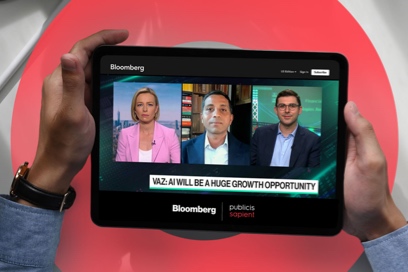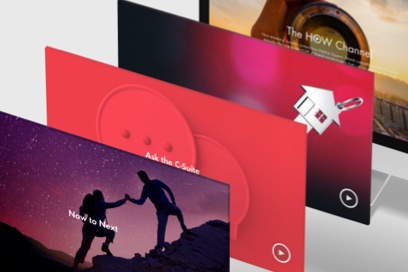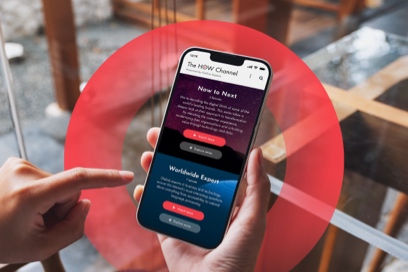Three shifts we are seeing:
- Consumers are shifting toward more digital interactions, furthering pre-pandemic trends.
- Providers should accelerate digital investments to best serve customers.
- Improving sales and service experiences with enhanced digital engagement can create significant new value for companies and their consumers.
Telecommunications, internet and cable providers have never faced a test quite like COVID-19. The demand on sales and support has poured not only into traditional channels such as call centers but also into brand websites, apps and chat. This has tested the digital preparedness of providers and presents an opportunity to shape the new normal for their customer interactions.
As billions of people around the world stay home, the pandemic has heightened consumer demand for the digital networks and services which enable working from home, communication and entertainment.
The increase in connectivity demand has also triggered customers to ask service providers for assistance. Charter Communications, one of the United States’ largest telecommunication companies, has seen its call-center volume double, truck rolls for repairs have risen to 30,000 per day and calls for new service have risen to about 50,000 per day. More customer interactions are happening while service representatives at many companies are shifting where they work: by late March, Cox Communications estimated 92 percent of call center employees were working remotely.










